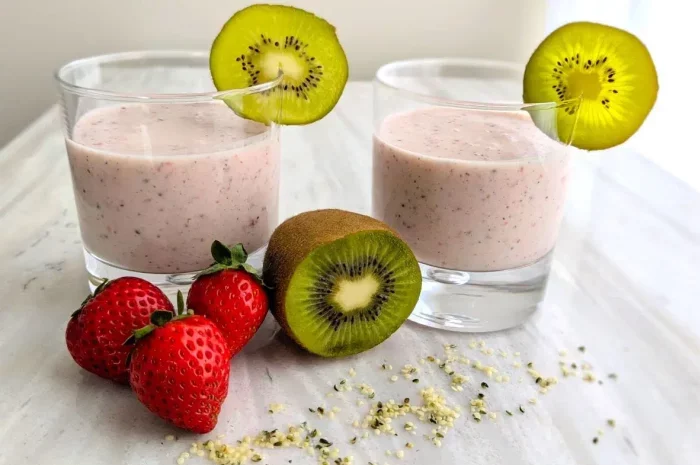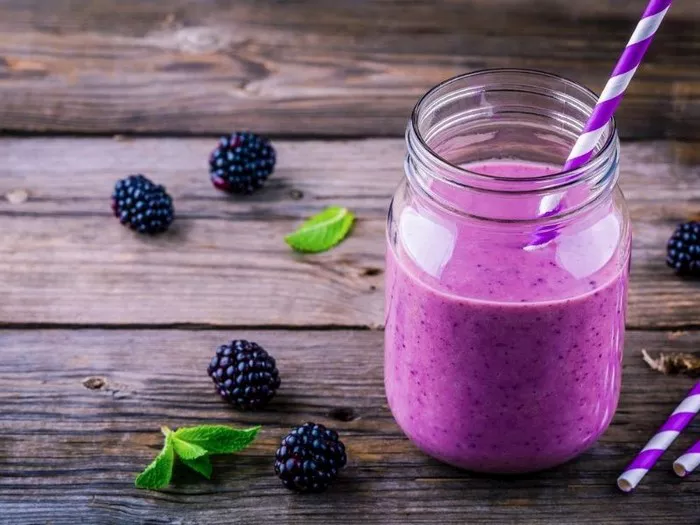In the realm of nutrition and dietary strategies for achieving various health and fitness goals, carb cycling has emerged as a popular and effective approach. It offers a unique way to manipulate carbohydrate intake in a structured manner, leveraging the body’s metabolism and energy systems to support weight loss, muscle gain, improved athletic performance, and overall well-being. However, understanding what carb cycling truly entails, how it works, and how to implement it effectively can be quite complex. This extensive essay will delve deep into the world of carb cycling plans, exploring their principles, different variations, benefits, potential drawbacks, and practical tips for incorporating them into your lifestyle.
Understanding the Basics of Carb Cycling
What is Carb Cycling: Carb cycling is a dietary strategy that involves alternating between periods of higher and lower carbohydrate intake over a set cycle, typically spanning several days or weeks. Unlike traditional diets that maintain a relatively consistent level of carbohydrate consumption, carb cycling takes advantage of the body’s ability to adapt to different fuel sources and metabolic states. The goal is to optimize energy levels, manage body composition, and enhance physiological functions by strategically varying the amount of carbohydrates consumed.
The underlying principle is based on the fact that carbohydrates are the body’s primary energy source, especially for activities that require quick bursts of energy or endurance. By adjusting the intake of carbs, you can influence factors such as insulin levels, glycogen storage, fat metabolism, and muscle protein synthesis. This manipulation allows for greater control over how the body uses and stores energy, which can be harnessed to achieve specific health and fitness objectives.
The Role of Carbohydrates in the Body
Carbohydrates are one of the three main macronutrients, along with proteins and fats. When we consume carbohydrates, they are broken down into glucose during digestion. Glucose is then either used immediately by the body’s cells for energy through a process called glycolysis or stored in the liver and muscles as glycogen for later use. Any excess glucose that cannot be stored as glycogen is converted into fat and stored in adipose tissue.
Insulin, a hormone secreted by the pancreas in response to rising blood sugar levels, plays a crucial role in this process. It helps facilitate the uptake of glucose by cells, promotes glycogen synthesis, and inhibits fat breakdown. By carefully regulating carbohydrate intake, carb cycling aims to manipulate insulin levels to optimize these metabolic processes for different purposes, such as promoting fat loss during low-carb periods and fueling intense workouts during high-carb phases.
Why Carb Cycling
There are several reasons why individuals might choose to adopt a carb cycling plan. For those aiming for weight loss, alternating between low and high carb days can help prevent the body from adapting to a consistently low-calorie or low-carb diet, which can lead to a plateau in weight loss. The low-carb days encourage the body to burn stored fat for energy, while the high-carb days can boost energy levels and replenish glycogen stores, allowing for more intense workouts that further aid in calorie burning and muscle preservation.
Different Types of Carb Cycling Plans
Traditional Carb Cycling: In traditional carb cycling, the cycle typically lasts for a week and involves alternating between high-carb, moderate-carb, and low-carb days. For example, a common pattern might be two high-carb days, two moderate-carb days, and three low-carb days.
High-carb days usually involve consuming around 200 to 300 grams or more of carbohydrates, depending on factors such as body size, activity level, and gender. These days are strategically placed around intense workouts or periods of higher physical activity to ensure optimal glycogen storage and energy availability. Foods like whole wheat pasta, brown rice, fruits, and starchy vegetables are good sources of carbohydrates on high-carb days.
Moderate-carb days might include an intake of approximately 100 to 150 grams of carbohydrates. This helps maintain a balance between energy provision and keeping the body in a state where it continues to tap into fat stores for fuel to some extent. Sources could include a mix of whole grains, legumes, and some fruits.
Low-carb days typically limit carbohydrate intake to around 50 grams or less. On these days, the focus shifts more towards consuming proteins and fats. Non-starchy vegetables, lean meats, fish, eggs, nuts, and seeds become the mainstay of the diet. This forces the body to rely on stored fat for energy, promoting fat loss.
Cyclical Ketogenic Diet (CKD)
The Cyclical Ketogenic Diet is a specific type of carb cycling that combines periods of strict ketogenic dieting with higher-carb refeed days. During the ketogenic phase, which usually lasts for several days to a week or more, carbohydrate intake is severely restricted to less than 50 grams per day to induce ketosis. In ketosis, the body primarily uses ketone bodies, produced from the breakdown of fats, as its main energy source instead of glucose.
However, periodically, typically once a week or every few days depending on the individual’s goals and tolerance, there are high-carb refeed days where carbohydrate consumption can spike to 200 to 400 grams or more. These refeed days serve multiple purposes. They replenish glycogen stores that may have been depleted during the ketogenic phase, boost leptin levels (a hormone that helps regulate appetite and metabolism), and provide a psychological break from the strict low-carb regimen. This approach is popular among bodybuilders and athletes looking to build muscle while maintaining low body fat levels.
Macronutrient Ratios in Carb Cycling
High-Carb Days: On high-carb days, carbohydrates are the dominant macronutrient, making up approximately 50% to 65% of total daily calories. This ensures that glycogen stores are fully stocked and there’s an ample supply of glucose for energy-intensive activities. Along with carbohydrates, proteins typically account for around 15% to 20% of calories, which is essential for muscle repair and growth. Fats make up the remaining 20% to 35% of calories, providing a source of energy and helping with the absorption of fat-soluble vitamins.
For example, on a high-carb day for an active individual, a sample meal plan might include a breakfast of oatmeal with berries and nuts (providing complex carbohydrates, fiber, and healthy fats), a mid-morning snack of a piece of fruit and Greek yogurt (more carbs and protein), lunch with a sandwich on whole wheat bread, grilled chicken, and lots of vegetables (a balance of carbs, protein, and some healthy fats from the dressing), an afternoon snack of whole wheat crackers and hummus (carbohydrates and protein), and dinner with a serving of brown rice, baked fish, and a side of steamed vegetables (carbohydrates, protein, and healthy fats).
Moderate-Carb Days
During moderate-carb days, carbohydrates usually make up around 30% to 45% of total daily calories. Proteins remain in the range of 20% to 25% of calories to support muscle maintenance and other physiological functions. Fats increase their proportion to about 30% to 50% of calories. This balance helps keep the body in a state where it’s using a combination of stored fat and available carbohydrates for energy.
A moderate-carb day meal plan could start with a breakfast of eggs and a slice of whole wheat toast (protein and carbohydrates), a snack of a handful of almonds and an apple (healthy fats, fiber, and some carbs), lunch with a salad containing grilled chicken, quinoa, and various vegetables dressed with olive oil and vinegar (a mix of protein, moderate carbs from quinoa, and healthy fats), an afternoon snack of low-fat cottage cheese and a few whole wheat crackers (protein and carbs), and dinner with a baked sweet potato, lean steak, and a side of sautéed spinach (carbohydrates, protein, and healthy fats).
Conclusion
Carb cycling is a versatile and dynamic dietary approach that offers a range of potential benefits for those looking to optimize their health, manage their body composition, or enhance their athletic performance. By understanding the different types of carb cycling plans, the appropriate macronutrient ratios for each phase, and how to effectively plan meals, individuals can harness the power of this strategy to achieve their specific goals. However, it’s important to recognize the individual variability and challenges associated with implementing carb cycling and to approach it with a willingness to adapt and make adjustments as needed. With careful consideration and a commitment to a balanced and sustainable lifestyle, carb cycling can be a valuable tool in the pursuit of optimal nutrition and overall well-being.
Related Topics:























